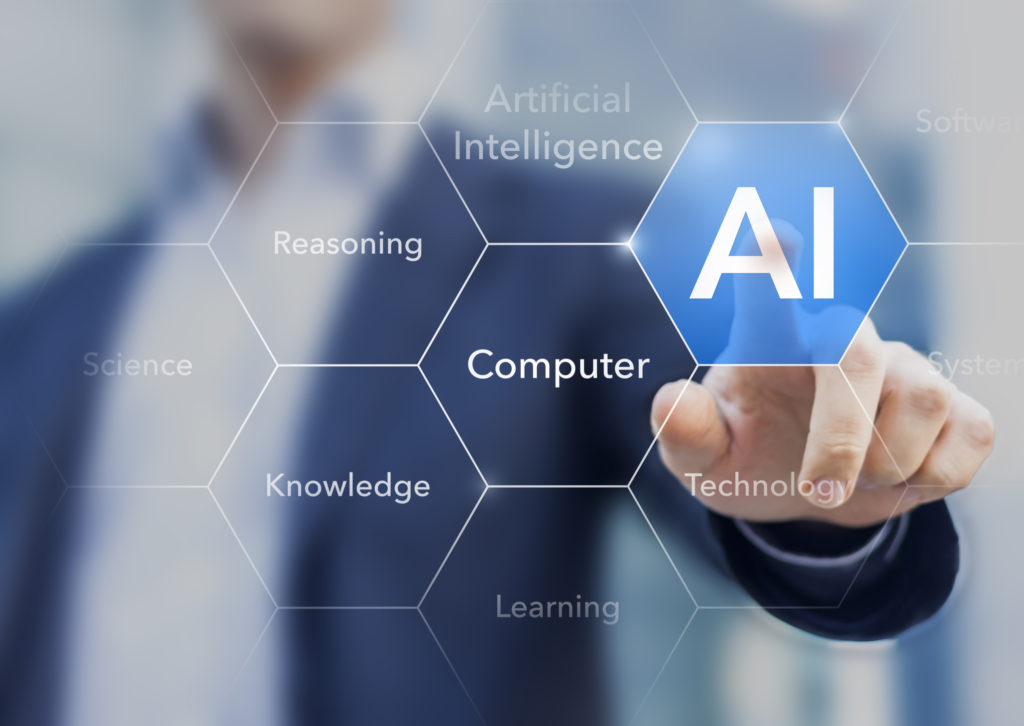I’ve always had a lot of respect for veterinarians, because they are masters at solving problems based purely on fuzzy symptoms that their patients cannot explain: where it hurts, how long it’s been hurting, and what events led up to the problem. Many times the patients don’t even know they are sick. Yet a vet is able to make educated guesses with the data they do have, which often results in successful diagnoses and treatments.

Wireless local area networks (WLANs) cannot talk, either, which often forces IT administrators to operate like doctors, listening to wireless users describe symptoms in vague terms: “I can’t connect.” “It’s too slow.” “Sometimes it works, sometimes it doesn’t.” IT admins don’t know the status of the wireless network until symptoms are observed (e.g., users complain). Then, all they can do is collect data through event logs and data dumps, which is very reactive and often doesn’t give the context needed for rapid root cause identification and remediation.
While the above methodology is the only course of action for treating Fido, is it really the best we can do for Wi-Fi?
The answer is no, thanks in large part to recent advances in cloud, big data, and machine learning technologies.
How we got here
Machine learning has been with us for some time. In the 1950s, Alan Mathison Turing wrote a paper that defined machine learning as a machine that could learn and communicate with you without being distinguished from a human being. While we are still some ways from the Turing definition, machines already exist that can beat humans at chess (IBM Deep Blue, 1996) and Jeopardy! (IBM Watson, 2011).
These machine learning applications are possible today thanks to the advent of new cloud and big data technologies. Cloud platforms like Amazon Web Services (AWS) provide unprecedented processing and storage, while big data technologies such as Spark and Hadoop allow for powerful insights to be gained over large datasets over time and space.
From this perfect storm, we are seeing a proliferation of new machine learning applications. For example, Fruition Sciences is using sensors in vineyards to monitor the transpiration of vines to save water in drought-prone places like California, while at the same time improving the quality of wine production. Similarly, the inventors of Watson are using cognitive reasoning to guide oncologists on the most appropriate cancer treatment options based on a patient’s medical history. And biotech companies are using artificial intelligence and big data to find new targets for FDA-approved drugs.
It is interesting to note that there is also a trend whereby machine learning is being used by IT for IT. Splunk pioneered this space by using unstructured elastic searches to analyze and visualize event log files for detailed IT metrics and fast problem remediation. Fireye uses it to detect security risks. Cisco uses it for automated network operations and path optimization, and Mist is using machine learning to automate wireless operations.
A new wireless experience
Using the latest technologies, we can now collect and analyze data pertaining to wireless networks like never before, driving operational efficiency in business and delivering unprecedented user experiences. This lets us automate manual operational tasks like packet captures, event correlation, and root cause analysis so that manual configuration and troubleshooting tasks can be eliminated. In addition, machine learning provides real time predictive recommendations to provide IT departments a heads up before employees, guests, and customers experience problems.
So, the question now arises — if your WLAN is smart enough to learn and could proactively communicate information back to you, what would it say? Here is a short list of extremely useful items:
- What is the average time to connect per user? Which users are having problems getting connected to the Internet and why?
- Are all my users getting adequate throughput (i.e bandwidth)?
- Are there any coverage holes in my network that are affecting service?
- Are users having issues roaming from one access point to another?
- If a problem exists, is it due to an issue on the device, in the wireless network, or within the wired domain (i.e. DHP, DNS, WAN)?
- What specific steps should I take to remediate the above?
- Where are my users are located? How long are they visiting those locations? What are their experiences are in various zones?
With new applications popping up every day, we are at the forefront of a new era of machine/human interaction that will completely transform the way we live, work, and play on par with the internet. While we are a long way from having machines replace IT administrators, virtual wireless assistants are now a reality. With machine learning your WLAN is smarter than ever before, and it finally has a voice. Let’s see what it has to say!
Originally posted in VentureBeat

